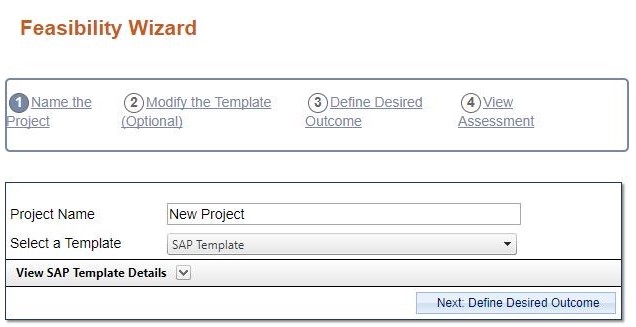In my daily work life of supporting my clients, I’ve seen the IT project estimating function reside in many different areas of organizations. Some groups have this function situated in a core group, such as an Estimating Center of Excellence, PMO or Delivery Excellence group. These teams are responsible for either creating estimates for the organization after being fed some goals/assumptions, or vetting existing estimates born elsewhere to ensure they are in line with the business’ goals without compromising, as best they can, budget, schedule or quality.
Conversely, I’ve worked with organizations in which the project estimation function is supported by organizationally dispersed estimators who are busy with their other tasks. Decentralized estimators typically serve a sole siloed division with not much interaction outside their team. Like the bigger shops, these folks are funneled project estimates to be sanity checked and render their analysis with recommendations for adjusting the estimate if it seems out of line.
Both scenarios above share a common thread – the estimates, regardless of their origin, have an impact on, and are influenced by, a wide breadth of people. We at QSM call these people stakeholders, contributors, influencers etc. They all have some kind of investment in the estimate that is important to them. What if we could involve them in the estimating process? With more communal agreement on inputs, there won’t be as much rework of the estimate later, when otherwise uninvolved people see their interests aren’t represented. With everyone feeling they have a say in the estimate, smoother seas are at least more possible.
With the advent of the cloud, IT parametric estimating can be a team sport now, with the stakeholders being informed on-demand by simply logging in to see the current state of their project’s estimate. Listening to the market, we at QSM have developed a sound solution in our SLIM-Collaborate tool for offering this kind of multi-player estimating process.

To mitigate having “too many cooks in the kitchen”, it’s possible to throttle back access, permissions and visibility into the estimating and benchmarking process. Above is a matrix that show how we break out the roles and their permissions. The CIO has the ability to view reporting at a relevant level, the PM may have fuller access to edit project assumptions and goals, while some others may only need view access.
The simplified interface of SLIM-Collaborate leverages the power of our 13,000-project database making a robust, yet uncomplicated solution for involving as many, or as little people in the estimating process. The ease of use means no need for long training sessions. It can be as simple as the 4 inputs seen below to render an empirically based estimate.

So, while IT project estimating can be complex, SLIM-Collaborate is an offering that allows estimating to reside just about anywhere you’d like in your organization.
